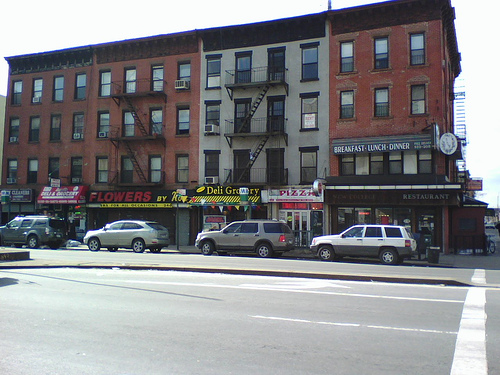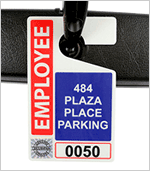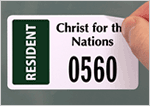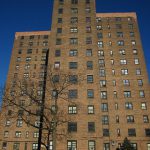Why a residential parking permit program won’t work in New York
Manhattanites like to brag that New York does everything just a little bit bigger and better than Boston, Chicago, San Francisco, or Washington, D.C. — except, it seems, when it comes to a residential parking permit (RPP) program. Each of those cities boasts one, while New York has hemmed and hawed before saying “naw” on the matter time and time again.

Unlike every other big city in America, residency in a neighborhood doesn’t affect how much you pay (or don’t) to park there. From The Consumerist.
Last week writer Joseph Cutrufo revisited the issue, listing five reasons why New York should have a RPP program. His arguments are good, convincing — but the city has gone a long time without one: Washington, D.C., began its program in the 1970s, while San Francisco has had one in place since 1976. Why, then, might the biggest city in the country continue to resist a RPP program?
1. It’s New York.
This ain’t in-yo-face frontin’. This is a calm assessment of facts: New York is the largest city in the United States, with none of the other municipalities that get cited when discussing RPP programs even cracking the top ten, save Chicago. “Where RPP has worked, it has generally been in cities with low densities and less demand for curb parking,” said Department of Transportation Deputy Commissioner for External Affairs David Woloch at a city council committee meeting in 2011.
2. RPP programs create false boundaries.
Unless a RPP program was to be implemented citywide, which hasn’t been done elsewhere, it would necessarily require officials to draw boundaries, a task Woloch described as too difficult. And, in one study conducted for San Francisco in 2009, RPP areas that feature commercial and residential blocks with different parking management policies (metered parking for one; a permit program for the other, say), researchers observed the rise of so-called artificial boundaries detrimental to effective parking management. Such areas should be regulated holistically in order to foster meaningful conversations around parking management for a neighborhood, they said.
An opt-in policy, which would allow various sectors of the city to request a RPP program for their neighborhood, could also lead to “a sense of exclusion between adjacent neighborhoods,” said Woloch at the same meeting.
3. They’re pricier than you think.
He also said that, in cities where RPP programs have been implemented, the cost of administering the program exceeds the revenue it generates. Although Woloch failed to cite a source for his claim, it’s worth remembering that the Bloomberg administration did support a RPP program for the city in 2008, when it was tied to the congestion pricing system the administration was pushing then.
Said city commissioner Janette Sadik-Khan at the time, “A [RPP] program will help to ensure that neighborhoods are not overrun with commuters looking for parking before they get on a subway to enter the pricing zone . . . [it] will give parking priority to local residents while also balancing the need for some visitor and commercial parking.”
Without the link to congestion pricing, officials say a RPP program would cost more than it would be worth.
Related Posts
Category: Enforcement, Parking management






















